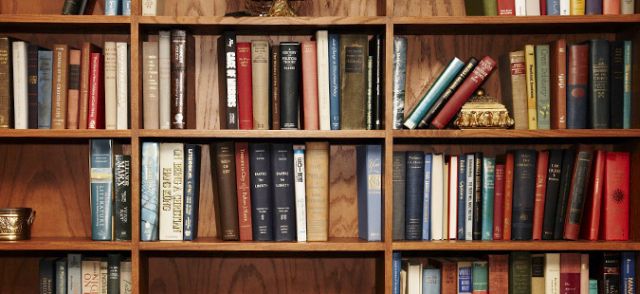
Books and Book Chapters by University of Dayton Faculty
Files
Download Full Text (586 KB)
Description
To what extent does dance contribute to an ideal of beauty that can enrich human quality of life? To what extent are standards of beauty predicated on an ideal human body that has no disability? In this chapter, we show how conceptions of proportionality, perfection, and ethereality from the Ancient Greeks through the 19th century can still be seen today in some kinds of dance, particularly in ballet. Disability studies and disability-inclusive dance companies, however, have started to change this. The disabled person can be beautiful, we will show, in dance and in life, under a disability aesthetics that follows Edmund Burke (1730-1797) and that suggests an alternative standard of beauty, which we call “beauty-in-experience,” where beauty is perceived in the qualitative experience of abled and disabled dancers moving together in dance.
ISBN
978-3-319-95698-5
Publication Date
2019
Publication Source
Dance and the Quality of Life
Publisher
Springer
Keywords
Aesthetics, beauty, Burke, dance, disability, beauty-in-experience
Recommended Citation
Bresnahan, Aili W. and Deckard, Michael, "Beauty in Disability: An Aesthetics for Dance and for Life" (2019). Books and Book Chapters by University of Dayton Faculty. 24.
https://ecommons.udayton.edu/books/24




Comments
This is accepted manuscript of Chapter 11 of Dance and the Quality of Life, Social Indicators Research Series, Vol. 73, pp. 186-206, edited by Karen E. Bond. Netherlands: Springer, 2019.
It is provided in compliance with the publisher's policy on self-archiving. Permission documentation is on file. To view the version of record, use the link provided.